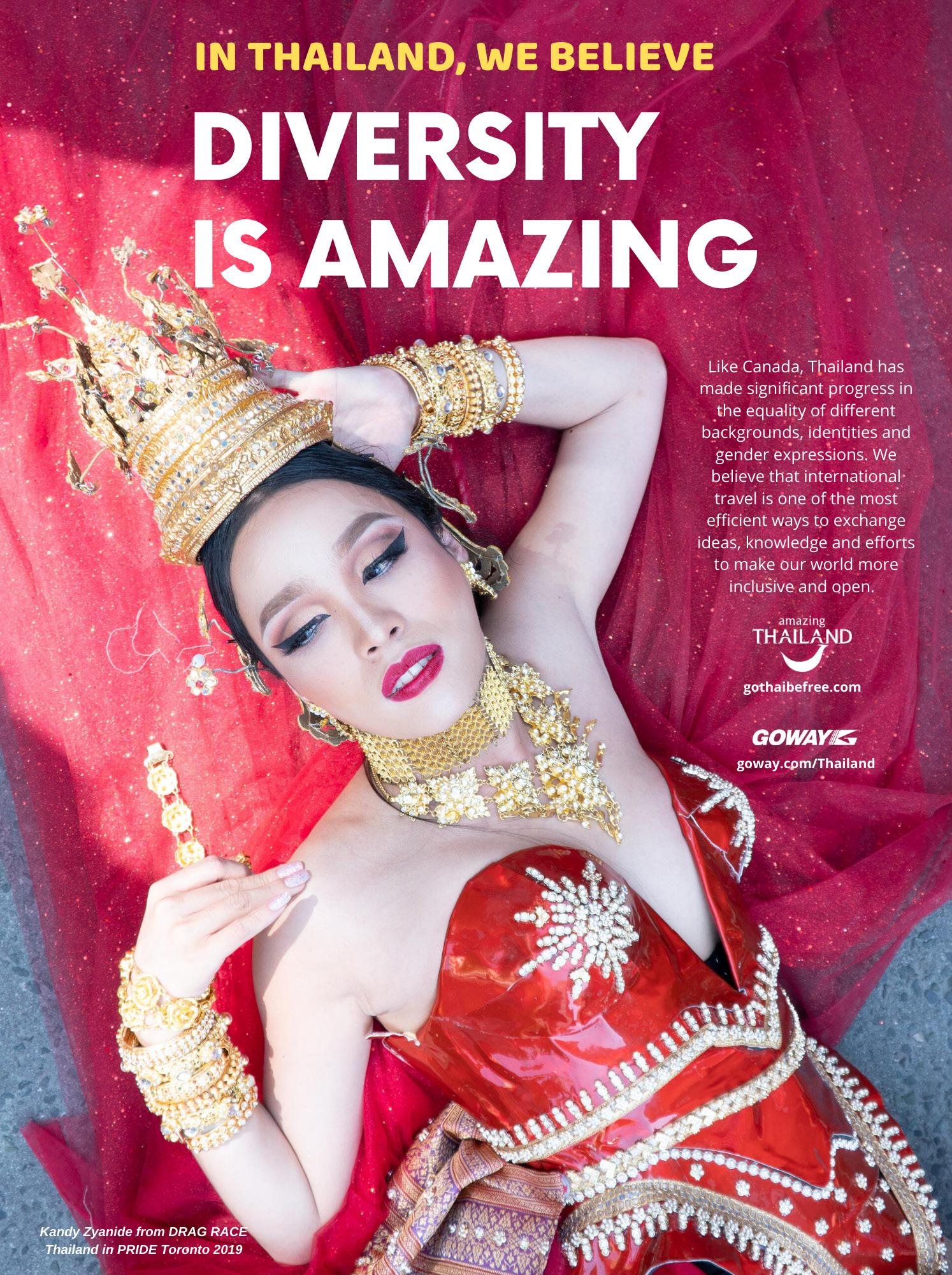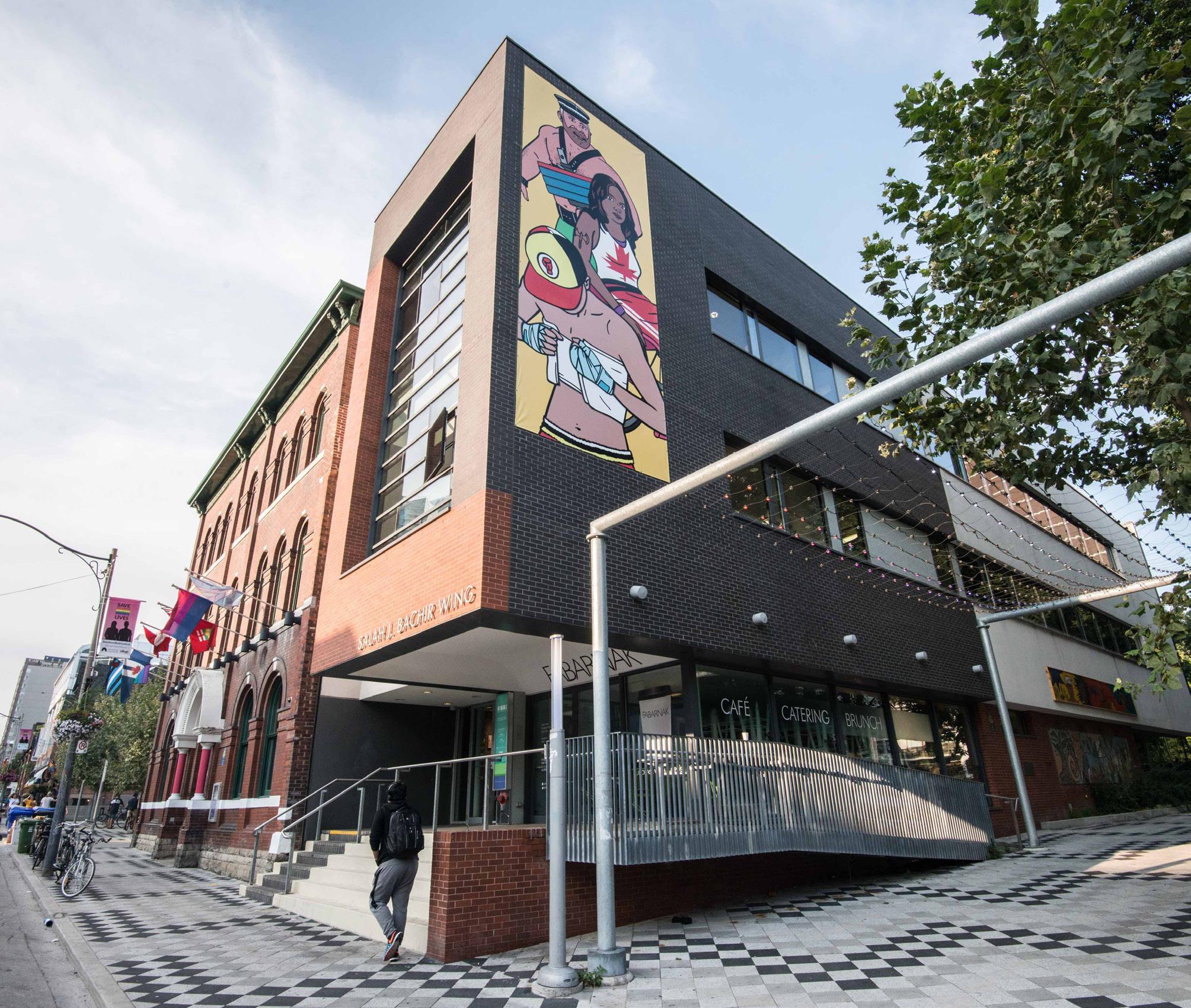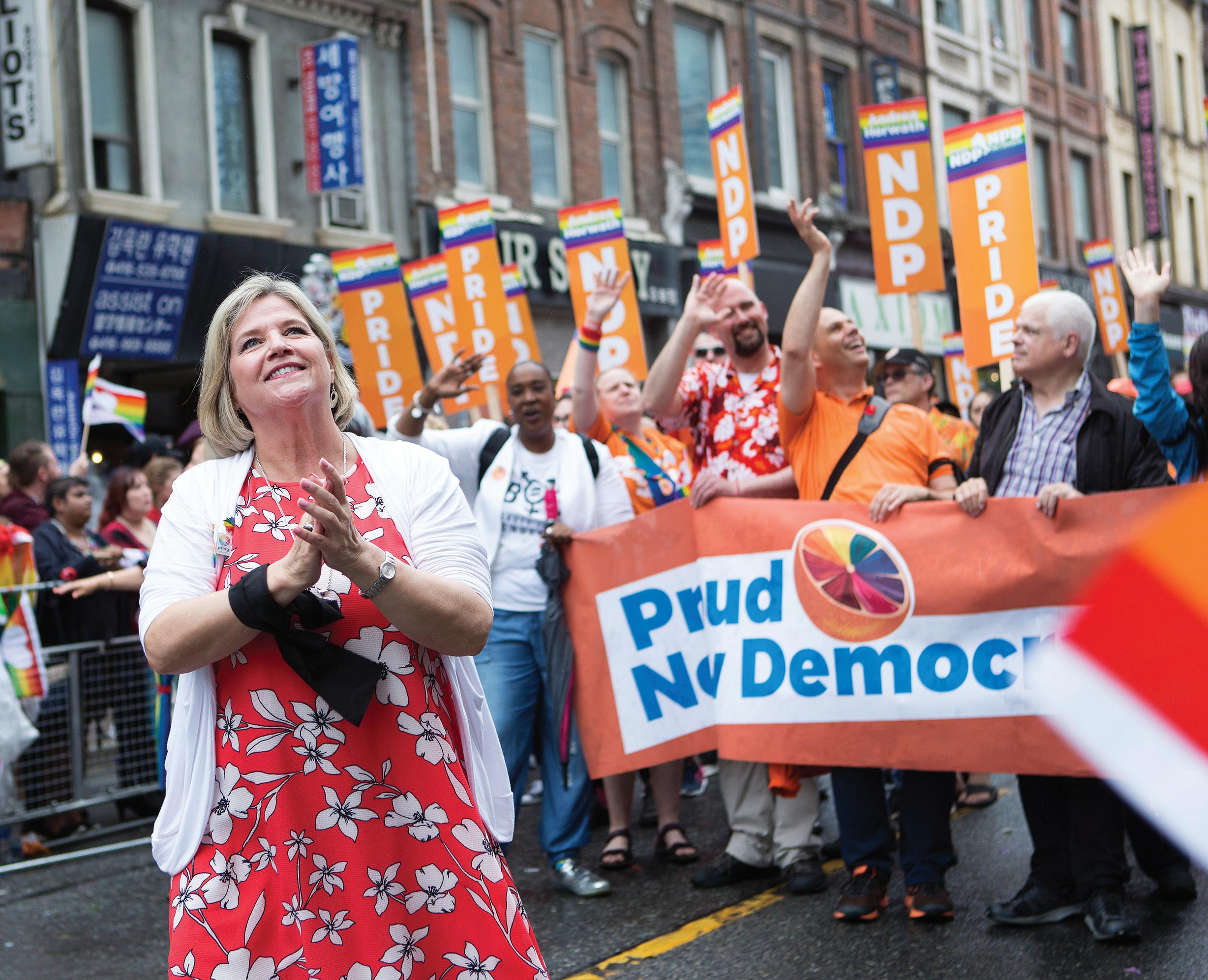
3 minute read
A BRIEF HISTORY OF TORONTO’S
A BRIEF HISTORY OF TORONTO’S FIRST PRIDE
Toronto’s first “Gay Day Picnic” was held on the beach at Hanlan’s Point on Sunday, August 1, 1971
By Christopher Turner
This summer excluded, the Toronto Pride Parade is one of the largest Pride celebrations in the world, with Tourism Toronto estimating an annual attendance that tops one million. But it didn’t start out that way. Here’s the story of how Toronto Pride began, and how one little picnic grew into the city’s massive celebration of the diversity of the LGBTQ community.
Stonewall Uprising
In 1969, a series of riots against police discrimination and police brutality took place in New York City. The riots began in the early morning hours of June 28, 1969, at the Stonewall Inn, a gay bar in the Greenwich Village neighbourhood of Manhattan, and continued for six days outside of the Christopher Street bar, in surrounding streets and in the nearby Christopher Park. Leaders like Marsha P Johnson, Stormé DeLarverie, Miss Major and several other Black transgender and queer people were on the front line of those protests and violent clashes with law enforcement, and are ultimately responsible for starting a movement that slowly spread across the world and led to the LGBTQ rights that we have today.
The following summer, picnics organized by LGBTQ organizations took place in New York, Los Angeles, San Francisco and Chicago to commemorate the Stonewall uprising. However, it wasn’t until the following year that Toronto started to join in.
Toronto’s First Gay Picnic
In the summer of 1971, a group of gay and lesbian activists organized Toronto’s first Gay Day picnic at Hanlan’s Point Beach, the most westerly of the Toronto Islands (today known as Toronto’s unofficial “gay beach”). It was a groundbreaking event organized by Toronto Gay Action, the Community Homophile Association of Toronto and the University of Toronto Homophile Association, with around 300 people from neighbouring cities as far away as New York City and Detroit attending to show their support. Held on Sunday, August 1, 1971, the small picnic – decorated with rainbow flags, banners and balloons – was minuscule in comparison to today’s giant multimillion dollar event, but that afternoon was the beginning of something much larger. It was the city’s first display of gay and lesbian solidarity. The following summer, Toronto’s first Pride Week was commemorated. The picnics grew larger and larger, and by 1974, Toronto had its first Pride Week: a small and unofficially recognized series of events that culminated in a march from Allan Gardens to Queen’s Park. Since the city was loath to give out permits for any official marches or protests, participants carried banners and signs along the sidewalks. These early marches were held on Saturdays, rather than on Sundays as they are now, because that was when the downtown core was likely to be at its busiest with other pedestrians and passers-by.
Toronto’s Pride Week (as we know it now) evolved out of the mass protests that followed the 1981 Toronto bathhouse raids. At 11 pm on February 5, 1981, 150 plain-clothed and uniformed Metro Toronto police officers staged raids on four bathhouses throughout the city, arresting 289 innocent men. The raids on The Club Baths, The Romans II Health and Recreation Spa, The Barracks and The Richmond Street Emporium were a violent culmination of a six-month undercover operation by police known as “Operation Soap,” an organized campaign to push gay bathhouses and bars out of business.
The violent raids prompted a riot the following night in Toronto and mark the beginning of the gay liberation movement in Canada. Mass protests and rallies were held denouncing the bathhouse raids, which evolved into Toronto’s current Pride Week, which is now one of the world’s largest gay pride festivals and celebrates its 40th anniversary in 2020.
From there, Toronto Pride became a seven- to 10-day festival centred on the final week in June, with the parade falling on either the last weekend in June or the first weekend in July depending on the year’s circumstances. Since 2016, the entire month of June has been declared Pride Month, with a program of events throughout
the month leading up to the parade. Due to the global COVID-19 pandemic, this year’s in-person Pride festivities – including the Trans March, the Dyke March and the Pride parade originally scheduled for June 26 to 28, 2020 – were cancelled. But that doesn’t mean we can’t celebrate. Watch for Pride Toronto’s events and celebrations throughout the month, which have been moved online via the Pride Toronto website.









